- COVID19 forced the world to really think about telemedicine in new ways. Certainly in the US it became “telemedicine or no medicine”.
- The AAD task force of the Teledermatology task force provided education. Indeed by recognizing immediately that this was a crisis, the following practical questions were asked:
- How do dermatologists continue providing dermatologic care?
- What are all the downstream effects?
- Where are the other effects when people can’t get in?
- What guidance for can people who have never done telemedicine before ?
- While the AAD teledermatology task force has done a lot of advocacy efforts to help educate providers, especially to do more for patients. The AAD taskforce has put out a teledermatology toolkit: Link.
- Webinars were put out as well as, podcasts, journal articles, personal outreach, support, talks, grand rounds.
- What really enhances educates people is when there is a feeling of familiarity.
- Nothing beats personal experience, and in that having local champions, people at individual institutions boosts activities they believe in: telemedicine in skin diseases is no different.
- Then experiences are shared such as:
- “Oh, this is how we did telemedicine. This is how we implemented it at our home institution,” and having more and more of those people who are personally experiencing and having to build things themselves.
- Then experiences are shared such as:
- Nothing beats personal experience, and in that having local champions, people at individual institutions boosts activities they believe in: telemedicine in skin diseases is no different.
- That is what’s going to educate and help us learn and not just see how great things can be with telemedicine, but also find all the problems and all the issues to be adressed
Jules Lipoff, MD. Education for Teledermatology and AI in Dermatology. 8th World Congress of Teledermatology, Skin Imaging and AI in Skin diseases – November 2020







